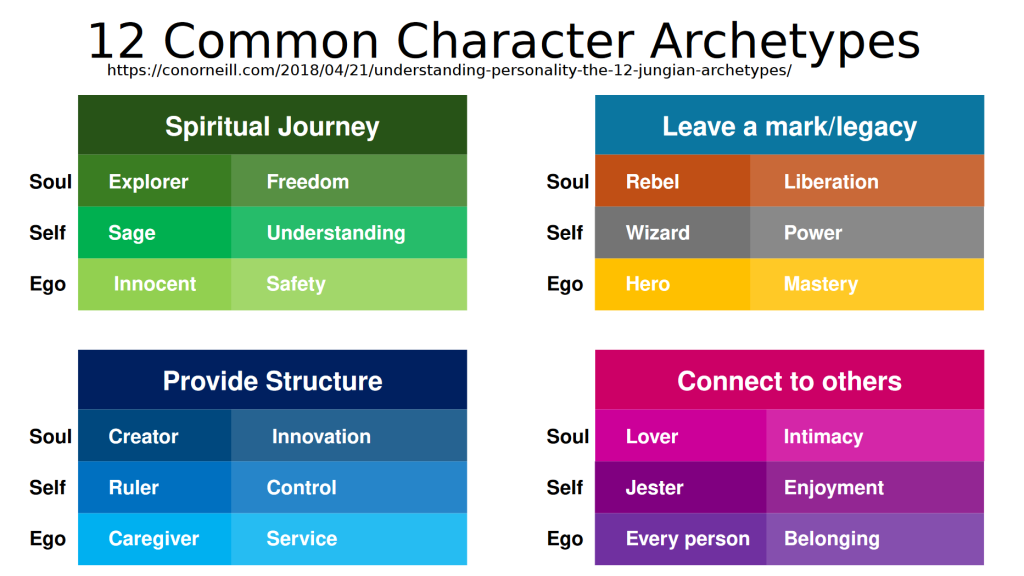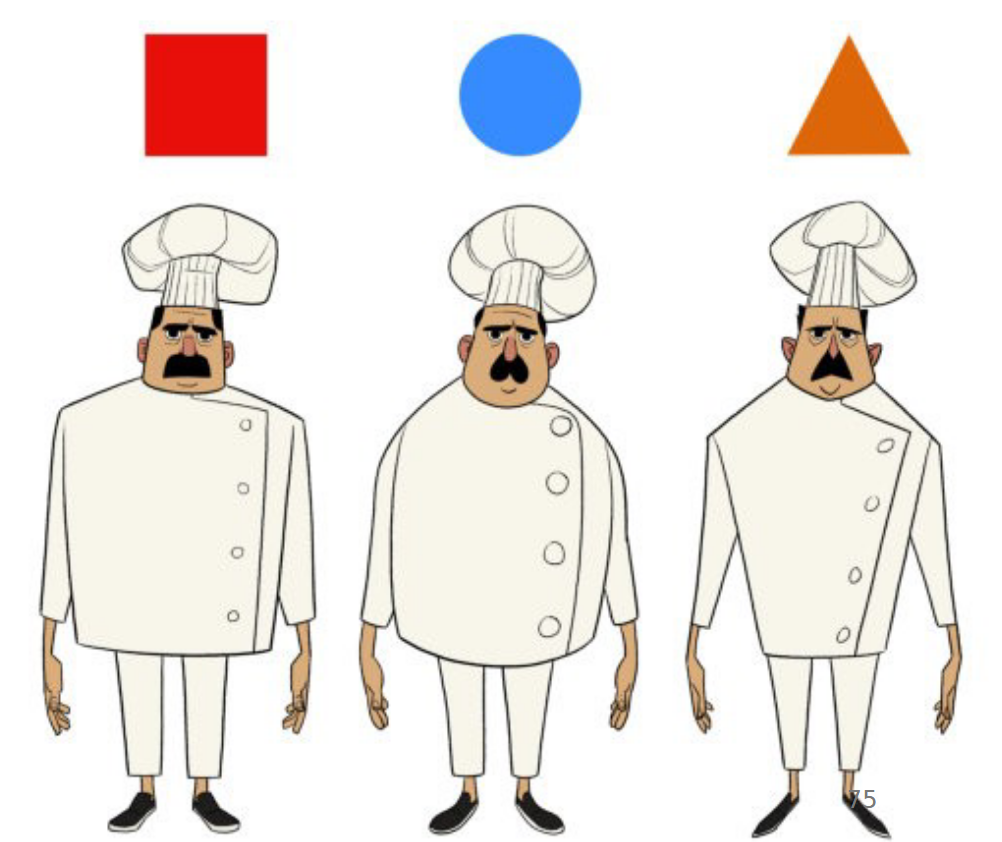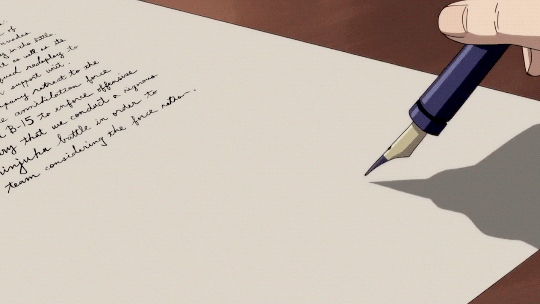Week 4 was about Character Design, which I haven’t given much (re: any) thought to so far, being more focused on gameplay and environment. To be frank I don’t even have a concept of a character. How do you make a person when that person is just supposed to be filled by the player?
Characters are supposed to give the player a reason to learn about the world. High-concept ideas elements like systems and worldbuilding become much more interesting when someone you care about is involved.
Some types of characters are:
- Protagonist
- Deuteragonist
- Antagonist
- Sidekick
- Foil
- Straight man
- Love interest
- Confidante
- Morality chain / Morality
pet - Villain
- Dependent
- Mentor
Often these character archetypes are doubled, or even tripled. For example, the Mentor may also be the Morality Chain, or the Sidekick a Love Interest.

Supporting characters make up the ensemble, and it’s important to properly develop these too, as they will help the world feel more alive. If you can see their viewpoint, you can create much more interesting dynamics, encounters, conflicts, and alliances.
AVATARS
In games there is also a type of character with little to no characterization; they are a vessel for the player only. The player will be an abstract force on this person, while the avatar will not be much more than a puppet. These games tend to be more puzzle-based, or the story will unfold as the player creates action.
Basics of Character Design:
- The most important part of a designer’s job is communiation
- Form follows function
- The audience you want to reach and the audience your employer wants to reach may be different
- Thumbnailing is important. Don’t get married to a design immediately, because there might be something better – and you might be able to explore a different aspect of them through design
Game Design of Radical Difference:
- Imagine the player as different people
- Make characters more than their difference
- Make games for the spaces people need to escape to
- Make games that see people
- Make games that listen
Principles:
- Smooth, flat, horizontal shapes communicate calmness
- Vertical shapes are more exciting and active, implying an energy that is needed to defy gravity
- Diagonal shapes are dynamic, because they convey motion or tension
- The upper half of a picture is often seen as more free, happy, and powerful; objects placed there will feel more “spiritual”
- The centre of the page is best for attention
- White or light backgrounds convey safety, whereas dark ones are more ominous
- We feel more scared looking at pointed shapes, and calmer about rounded ones
- The larger an object is, the stronger it feels
- We associate same or similar colours MORE STRONGLY than we do same or similar shapes
- Regularity and irregularity and their combinations are powerful
- Contrasts are noticed better than symmetry
- The movement and import of the picture is defined as much by the spaces between the shapes as by the shapes themselves.
4 FOUNDATIONS OF CHARACTER DESIGN:
Above all else, there are 4 “pillars” that will hold up the entire design. These pillars need to work well together as well as seperately, and each seperate pillar must fit in to the character’s overall role and personality.
- BODY SHAPE
This will determine how much we trust a character off the bat. Square shapes are solid and dependable; round ones are calm and friendly; triangles are dynamic and oftentimes evil. In many instances, these shapes will be combined.

- 2: COLOUR THEORY
This acts as another visual shorthand for implying character. Those who employ bright, contrasting colours will have a bright, contrasting personality; those will a moody palette will be moodier. Using a colour wheel will be a big help, especially in finding a specific palette.

- 3: SILHOUTTES
And when designing character, silhouttes help make them more dynamic, and easier to read. This is especially important if there will be action; how a character stands, even in their base pose, needs to convey their personality. And if there is an action being taken, this action needs to be visually clear.

- 4: POSE
Linked to silhoutte, this also needs to convey clearly and show off personality. Action Lines are key to considering movement in a still image.

RACE, GENDER, CLASS, AND FANTASY
Fantasy belongs to everyone, and is a tool for critiquing our own world as much as it is escapism. There is often a pushback within sphere of fantasy fans about female and POC designs getting too “out of hand”, when white males are able to explore dozens of their own characters with an abundance of design and varying personalities. Standards of fantasy also tends to skew more towards a traditionally European ideals: rolling green forests and white, waifish elves. There is more to explore!
MONSTERS:
Typically monsters are represented as an “other” to express repressed emotions, to experience the thrill of fear and powerlessness, to remind us we can survive, to force hegemony, and to create unity. Monsters are used as mirrors of our own fears, to give it a face and something we can physically beat.
To strike inspiration for my own character, I was at a bit of a loose end. The player character was just supposed to be an avatar – I had been imagining a prisoner in an orange jumpsuit up until now. This wasn’t really too inspiring.
It wasn’t until I started thinking about the potential narrative that an idea began to form. For who was the player avoiding – who was the Watcher? I began to make a moodboard of ideas. This would eventually go on to be the foundation of my character concept art.

Leave a Reply